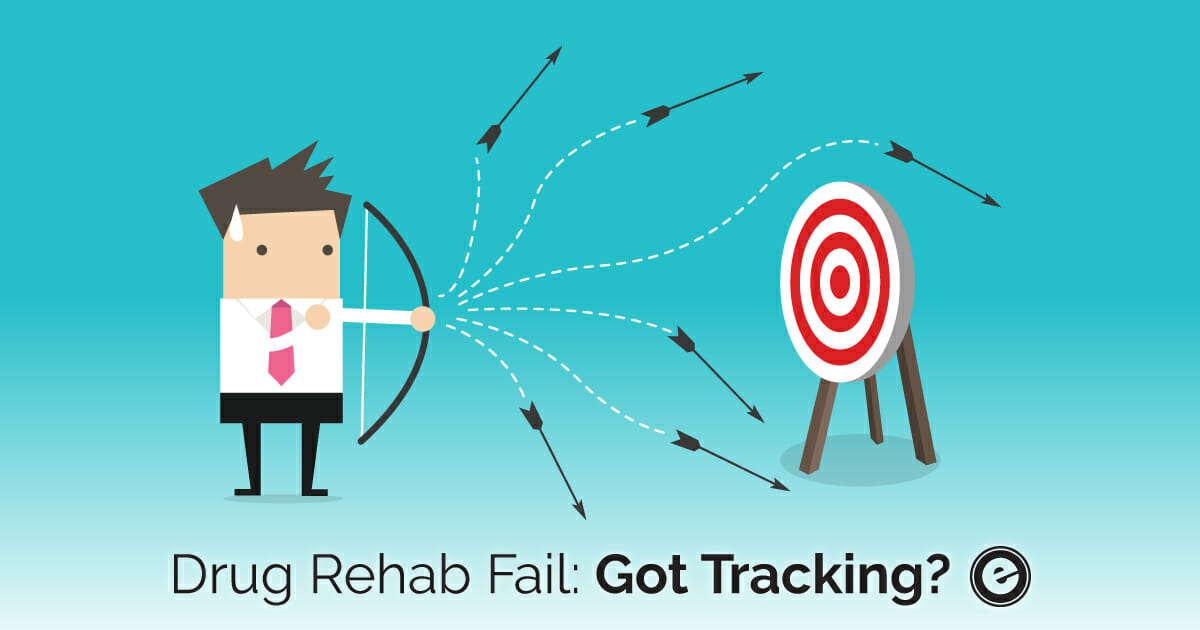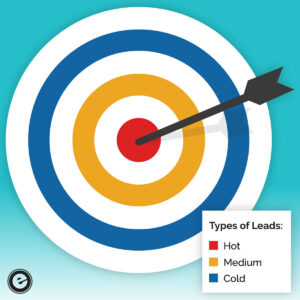
There’s an all too common phenomenon in companies across America that lives in marketing departments. In fact, it’s the last place we’d think would have this problem, but it’s not just evident; it’s a cesspool of inefficiency rooted in a lack of communication. Really? In the marketing department comprised of so-called experts in the field of communication? Yes.
And it’s no different with drug rehab marketing and sales. In actuality, this conundrum makes the addiction treatment business more challenging. We thought we’d provide some relief by sharing why tracking your efforts keeps your business better aligned.
Visual Cues Show Evidence of Addiction Treatment Marketing Mismatches
Let’s start with a simple illustration to represent ad marketing misalignment. First, hold up your right and left hands in front of you. The left hand represents your sales; your right hand represents marketing strategy and execution. Now, instead of your hands facing each other, they look in opposite directions. How can they work together when they are having separate conversations?
In order for sales and marketing to work cohesively, they must be agile and fluid, yet able to shake hands. If you haven’t taken a look at what your website is ranking for on a monthly basis, it holds the key in what you’re hitting and what you’re missing in client retention and prospect reach. It starts with a plan.
Not two plans — a single plan that encompasses sales and marketing in a way that champions both modalities and sets up a success matrix that is only achievable if they work together. Yeah, I know, good luck with that.
Sales and Marketing – Getting Past the Egos
Since the advent of advertising, sales was the evil stepchild of creative that spun into marketing as well. According to sales, marketing doesn’t know their head from their … well, you know what I mean. It could be laughable if it wasn’t such a serious fatal flaw to most companies. In truth, sales needs marketing to help them reach a large audience. In turn, marketing needs sales to better understand their customers, their industry and the need that brings them all together. Sales and marketing are best utilized as a collective funnel, not segmented silos that never touch.
In a recent article in Forbes magazine, research helps build a case for this business model: “When sales and marketing get on the same page, companies see, on average, a 67 percent improvement in closing sales and a 36 percent increase in customer retention.”
When you lead with your product or service, it creates a shared goal between sales and marketing that is much easier to accept and deliver on.
Organize Your Goals by Monitoring Inbounds and Outbounds
You could be spending more money than your competition, but if you’re not doing anything to track it, you’re throwing money and time down the drain. And unless you’ve just won the billion-dollar lottery, your drug rehab probably isn’t looking for a business loss to offset gains.
If you’ve got any broad scope marketing plan in place (and if you’re a new addiction treatment facility or service, pay attention) watch where your admits are coming from. Inbound marketing, which includes web content, social media and search engine optimization (SEO), is useful in getting your company brand and associated stories out into the world. Just because it’s award-winning creative doesn’t mean it’s getting results.
Make sure you have a person within your organization or external agency keeping a watchful eye on the responsiveness and overall engagement of each. See how often specific webpages, blogs, videos and other social content are viewed. From there, you’ll know what’s getting the most interest and where you need to make adjustments.
Outbound marketing is a different animal and not for the thin-skinned. It’s found in:
- Event marketing
- Telemarketing
- Radio and TV spots
- Press releases
- Billboards
- Direct mail
- The use of swag
To put it simply, outbound marketing casts the widest net of reach to consumers or B2B, with less desirable results because there is less of a niche to the audience.
Make sure to take an accounting of what inbound and outbound efforts rein in as far as ROI, and then alter the percentages where needed to get the desired results.
Lead Generation Results Are Multi-Layered, with Value in Each
Everyone wants the hot leads, the ones that respond to exactly what you have to offer and are ready to convert, now. Striking while the iron is hot is great for sales, though many forget the value of warm and even cold leads, especially in the addiction treatment and recovery space. Here’s why:
- Often, it takes a prospect multiple media impressions before they go “hot.”
- Cold leads may provide touchpoints for outbound marketing:
- Wider net of outreach.
- Most people know someone with a drug or alcohol problem.
- Can help build referral base.
With any lead generation program, be sure to segment your leads and respond in the best manner possible to generate the most appeal for hot, warm and cold leads.
Web Chat Delivers in an Instant
To enhance the ability to capture leads as soon as they come to your website, consider using a web chat service. With it, you never miss an opportunity to engage with a prospect because the system does it for you.
The benefits to web chat are numerous and include:
- Immediate engagement
- Segments leads (hot, warm, cold)
- HIPAA-compliant marketing tool
- Secure and password protected
- Delivers each lead to your email, mobile device or both
- Increases leads, on average, from 35% to 40%
Understanding your cost per lead (per method used) may rule out some of what you’re already doing to bring in prospects and conversions. If your beds aren’t full, maybe it’s time to be open to suggestions.
Tracking Drug Rehab Sales and Marketing Is Only as Good as the Analysis
No one’s expecting you to be a solid expert on Google Analytics and other pertinent SEO integration. Whether you decide to take on those skills yourself or hire an expert who eats, drinks and sleeps that business, what these numbers tell you should dictate what you do in marketing and how sales should support the initiatives.
Results Are Learning Tools that Need to Be Applied for Growth
If your best idea received a cool reception from your lead gen campaigns or social media, dive deep into the numbers and responsiveness (or lack of) to look for silver lining. It’s always there even if the numbers aren’t. Perhaps your messaging was great but the timing was off. Whatever you do, don’t table it into the forever furnace. Archive it, as you could repurpose some or all of it in the future.
Revisit Addiction Treatment Marketing Spends Often
Consumers are fickle. Challenging as that is, it also provides an easy ability to reset a wrong and make it right.
Through reporting and client surveys, as well as ongoing interaction with your staff, you can reconfigure where your marketing dollars are better spent and devise a mix that reaches:
- Untreated clients/new prospects
- Family or friends of No. 1 above
- Alumni of your program/service
- Success stories/testimonials
- Former clients who have relapsed
Formulate an annual addiction treatment marketing budget and keep some dollars available for golden opportunities that may come about throughout the year, such as an industry co-sponsorship (special event or nonprofit organization), public relations opportunities and more. We recommend a multi-channel or cross-channel marketing approach.
Social Media Needs an Active Voice
The whole point of social media is to create an active forum for people to receive information, develop a personal voice (applies to businesses, too) and share them on an ongoing basis. It’s all about engagement with your followers and enticing more people to join your group and become something greater than themselves. It’s what we all want.
Now, let’s dial this in to drug rehab sales and marketing. Social media is all about stories. In fact, Facebook recently added another engagement tool to their platform and called it “The Story.” Twitter may be removing its “like” button in the hopes that its users engage through more commentary instead of a feeble click of an icon.
Salespeople are full of stories and often use them to engage prospects, which ultimately lead to conversions. It’s how sales connects with their clients. Marketing creates stories to connect with prospects, existing clients and their referrals. If only sales and marketing could be on the same page with their stories….
They can.




